Museums are not just collections of artifacts behind glass – they are powerful storytellers that breathe life into our shared human experience. Through carefully curated exhibits, interactive displays, and innovative digital presentations, modern museums weave compelling narratives that connect visitors with history, culture, and scientific discoveries in deeply personal ways. Like expert guides leading us through time, museums transform static objects into dynamic stories, helping us understand where we came from and who we are today. Their unique ability to combine physical artifacts, multimedia elements, and immersive experiences creates multi-layered narratives that engage visitors of all ages and backgrounds. As these cultural institutions evolve in our digital age, they’re finding new and exciting ways to tell stories that educate, inspire, and bring communities together – making history and culture accessible and relevant for contemporary audiences.
The Rich Heritage of Park Storytelling
Indigenous Storytelling Legacy
Ontario’s museums and parks have embraced Indigenous cultural traditions of oral storytelling, creating powerful connections between visitors and the land’s rich history. Knowledge keepers and elders share tales that have been passed down through generations, offering insights into the deep relationship between Indigenous peoples and the natural world.
These storytelling sessions often take place around ceremonial fires or in traditional gathering spaces, where visitors can experience the intimacy and power of oral traditions firsthand. Stories of creation, animal teachings, and seasonal changes come alive through skilled narration, traditional songs, and sometimes even dance performances.
What makes these programs particularly special is their ability to transform our understanding of the landscapes we explore. A hiking trail becomes more than just a path when you learn the ancient stories connected to its rocks and trees. Many parks now integrate these storytelling traditions into their regular programming, especially during cultural festivals and special events, helping preserve and celebrate these vital narratives for future generations.
Remember to approach these experiences with respect and an open mind – you’re not just hearing stories, you’re participating in a living cultural legacy.
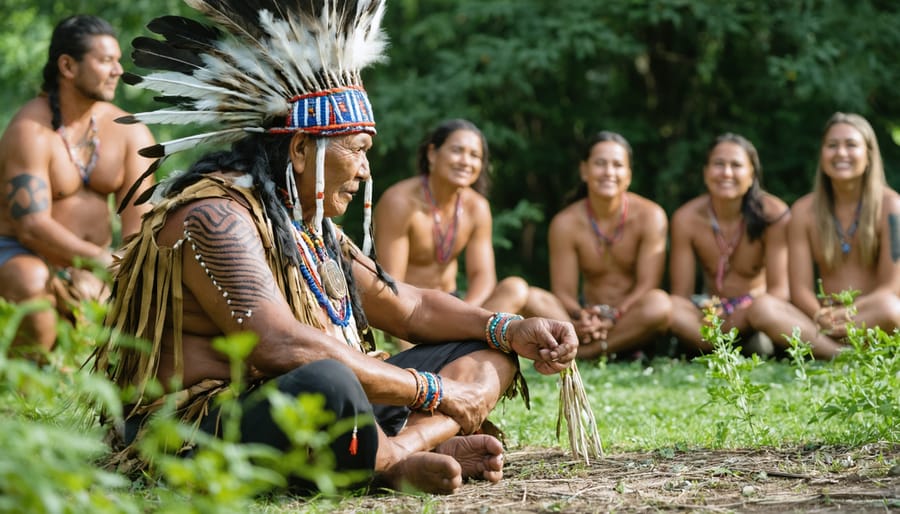
Modern Park Interpreters
Today’s park interpreters are the modern torchbearers of Ontario’s rich natural and cultural heritage. These passionate storytellers bring the landscape to life through engaging programs, guided walks, and evening campfire talks. Armed with both scientific knowledge and local folklore, they weave tales that connect visitors with the land’s history, from Indigenous perspectives to settler stories.
Park interpreters don’t just share facts – they create immersive experiences that help visitors understand the delicate balance of our ecosystems and the importance of preservation. Whether they’re explaining the traditional uses of medicinal plants or recounting tales of early park rangers, these dedicated professionals ensure that our natural spaces remain not just protected, but understood and cherished by future generations.
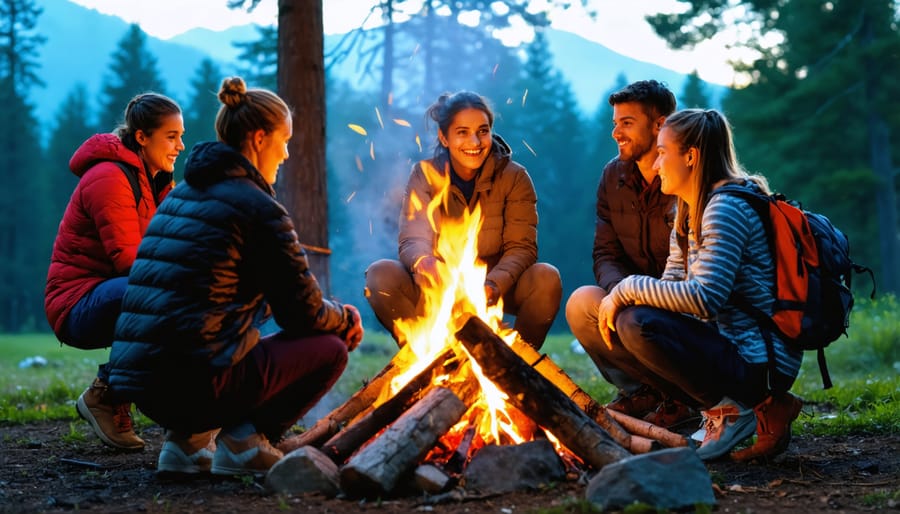
Where to Experience Park Stories
Popular Storytelling Locations
Ontario’s parks offer some of the most enchanting immersive cultural experiences through their storytelling programs. Algonquin Provincial Park’s Logging Museum comes alive with tales of the logging era, where interpreters share stories of life in the historic camps around crackling campfires.
At Killarney Provincial Park, the First Nations storytelling circle welcomes visitors to hear traditional Anishinaabe legends beneath starlit skies. The amphitheater at Bon Echo Provincial Park hosts evening programs where naturalists weave fascinating narratives about local wildlife and the mysterious pictographs adorning Mazinaw Rock.
Pinery Provincial Park’s Oak Savanna Theater offers family-friendly storytelling sessions that bring the park’s unique ecosystem to life through interactive tales. During summer evenings, Presqu’ile Provincial Park’s lighthouse keeper’s cottage becomes a cozy venue for maritime stories and local legends that capture the imagination of visitors young and old.
For the best experience, arrive early to secure a spot, bring a blanket or camping chair, and don’t forget your flashlight for evening programs.
Seasonal Programs
Throughout the year, Ontario’s museums transform their storytelling experiences to match the changing seasons, creating unique and immersive programs that connect visitors with nature and heritage. During summer months, outdoor amphitheaters come alive with tales of pioneer life, Indigenous traditions, and local legends told under the stars. These seasonal cultural festivals often feature period-costumed interpreters who bring historical characters to life.
Fall programs embrace harvest themes and spooky storytelling sessions, perfect for families seeking Halloween adventures. Winter celebrations focus on heartwarming holiday traditions, with storytellers sharing tales around crackling fires in historic buildings. Spring brings renewal stories and programs about local flora and fauna, often incorporating interactive elements like guided nature walks and hands-on crafts.
Pro tip: Many museums offer special early-bird pricing for seasonal programs when booked in advance, and some even provide hot chocolate or maple treats depending on the season. Remember to check individual museum websites for specific dates and themes, as programs change yearly to keep the experience fresh and exciting.
Making the Most of Your Story Session
What to Bring
Make the most of your museum storytelling experience by bringing these essential items. A small cushion or portable seat pad can keep you comfortable during longer sessions, especially if you’re sitting on gallery benches. Consider bringing a light notebook and pen to jot down interesting facts or sketch inspiring artifacts. Since museums can sometimes be cool, a light sweater or shawl comes in handy. Keep your phone on silent mode and bring headphones if you plan to use any museum audio guides. Don’t forget a water bottle – storytelling can be thirsty work! Remember to bring your curiosity and imagination – they’re your most valuable tools for connecting with the stories behind each exhibit.
Best Times to Attend
For the most enchanting storytelling experience, plan your visit during the “golden hours” – just before sunset or in the early evening when the museum’s atmosphere becomes more intimate. Many museums host their storytelling sessions between 2 PM and 4 PM on weekends, which is perfect for families with children. During summer months, some locations offer special twilight programs that add an extra layer of magic to the tales.
Weekday mornings tend to be quieter, making them ideal for those who prefer a more personal experience. If you’re visiting with young children, aim for morning sessions when they’re typically more alert and engaged. School holidays often feature special storytelling events, but these can get crowded, so booking ahead is recommended.
For the best experience, check the weather forecast if the storytelling takes place in outdoor spaces or gardens. Many museums also coordinate their storytelling sessions with special exhibitions or cultural celebrations, offering unique themed experiences. Pro tip: arrive about 15 minutes early to find comfortable seating and settle in before the stories begin.
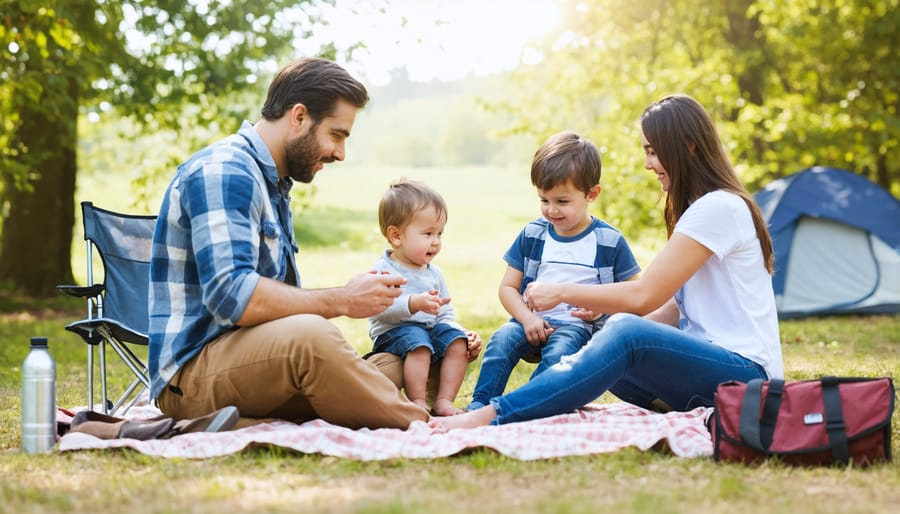
Family-Friendly Tips
Make your museum storytelling experience memorable with these family-friendly tips! Arrive about 15 minutes early to find comfortable seating and help your children settle in. Encourage kids to sit near the front where they can see props and interact with the storyteller, but don’t force them if they’re feeling shy.
Pack a small cushion or blanket for little ones who might get fidgety on hard museum benches. Consider bringing a quiet snack and water bottle, but always check the museum’s food policies first. Many storytellers welcome questions and participation, so prepare your children by explaining they can raise their hands to contribute.
After the session, extend the learning by exploring related exhibits together. Ask your children what their favorite part was and encourage them to retell the story in their own words. Many museum gift shops offer related books and activities that can help continue the storytelling experience at home.
For younger children, morning sessions often work best when energy levels are high. Don’t hesitate to quietly step out if your little one needs a break – you can always return when they’re ready.
The stories shared within our museum walls are more than just words and artifacts – they’re living connections to our past, present, and future. When visitors engage with these carefully crafted narratives, they become part of an ongoing dialogue that spans generations. Through interactive exhibits, oral histories, and immersive experiences, museums transform from simple buildings into vibrant spaces where memories come alive and communities find their voice.
As we look to the future, preserving these storytelling traditions becomes increasingly vital. In our digital age, the authentic, person-to-person connections fostered by museum storytelling offer something uniquely valuable – a chance to step away from screens and engage with history in a tangible, meaningful way. Whether it’s a child’s wide-eyed wonder at a First Nations story circle, a senior sharing memories triggered by a vintage photograph, or a newcomer discovering local heritage, these experiences create lasting impressions that help shape our collective identity.
By supporting and participating in museum storytelling programs, we ensure these precious narratives continue to inspire, educate, and connect future generations with their heritage.


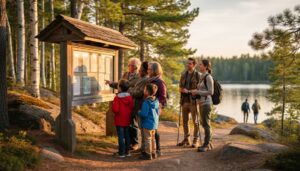
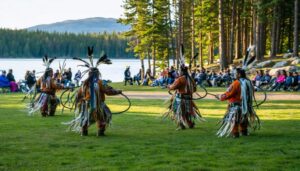

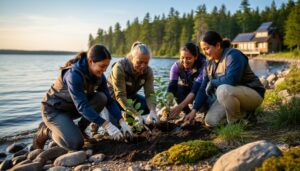
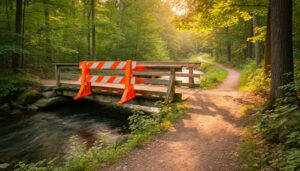

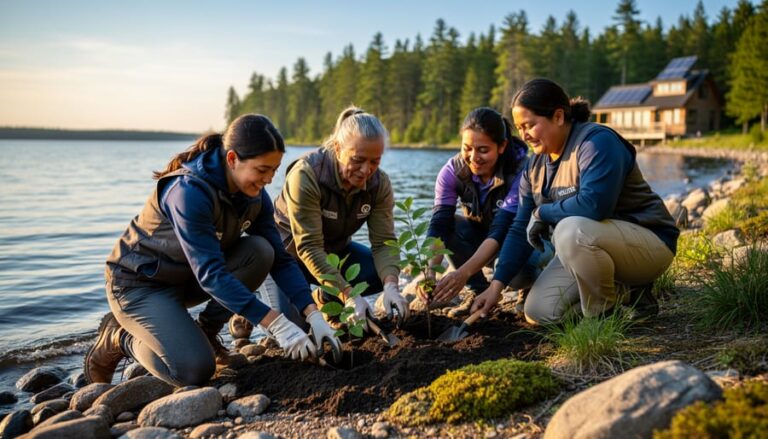
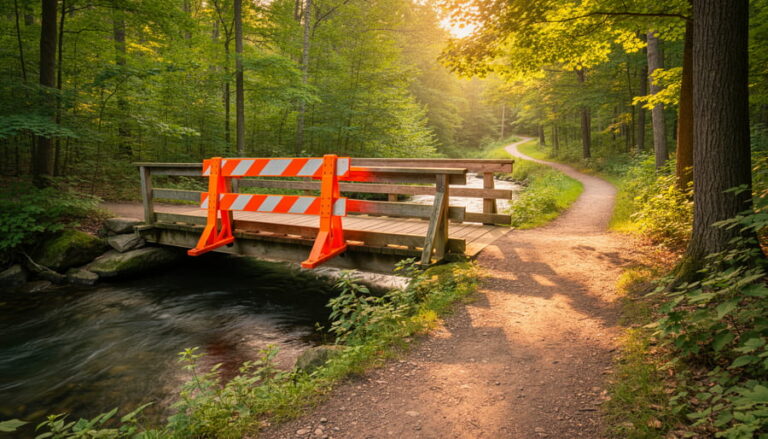


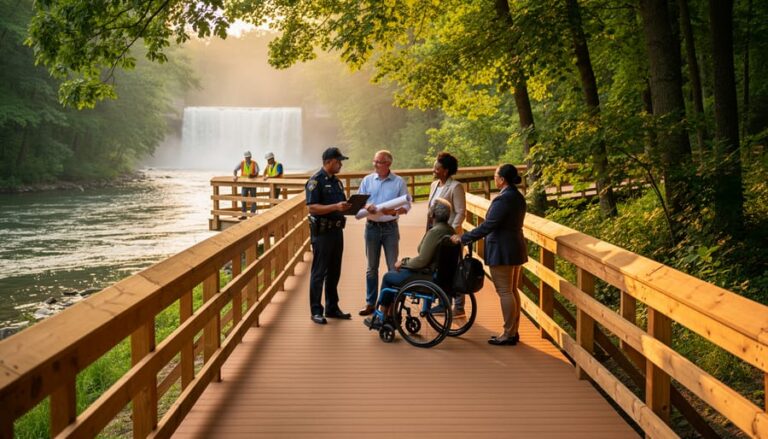
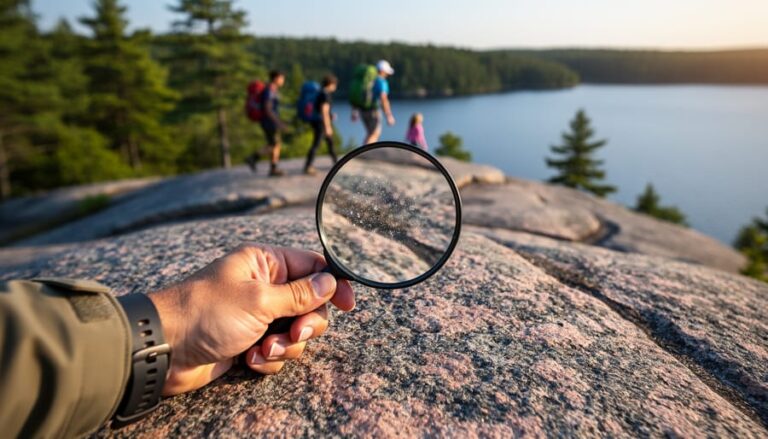
+ There are no comments
Add yours